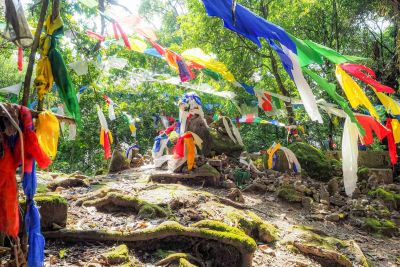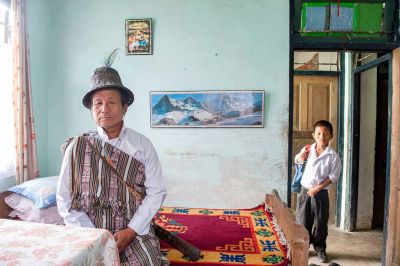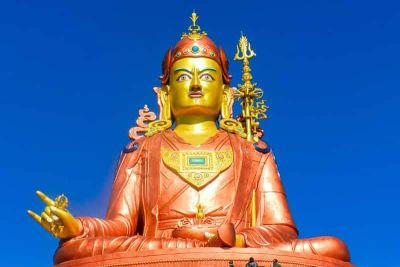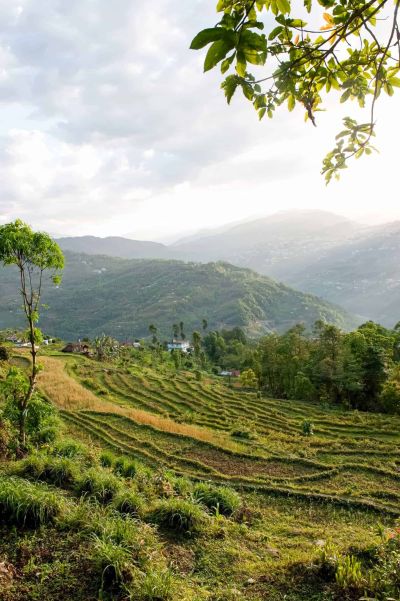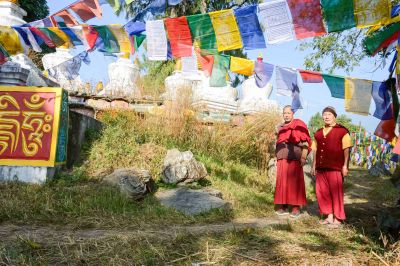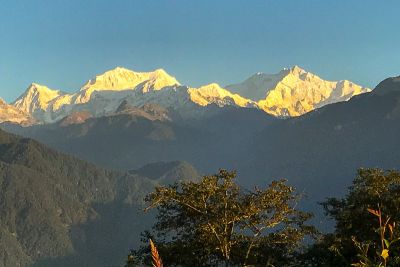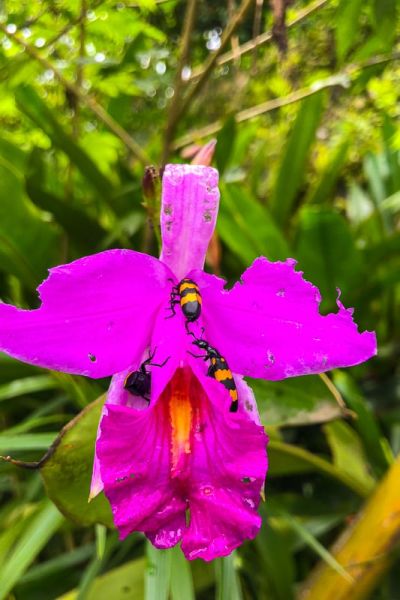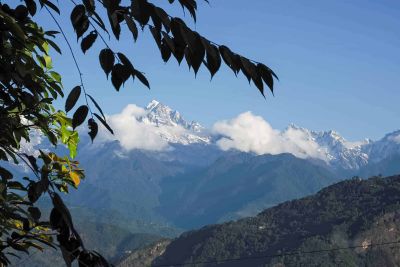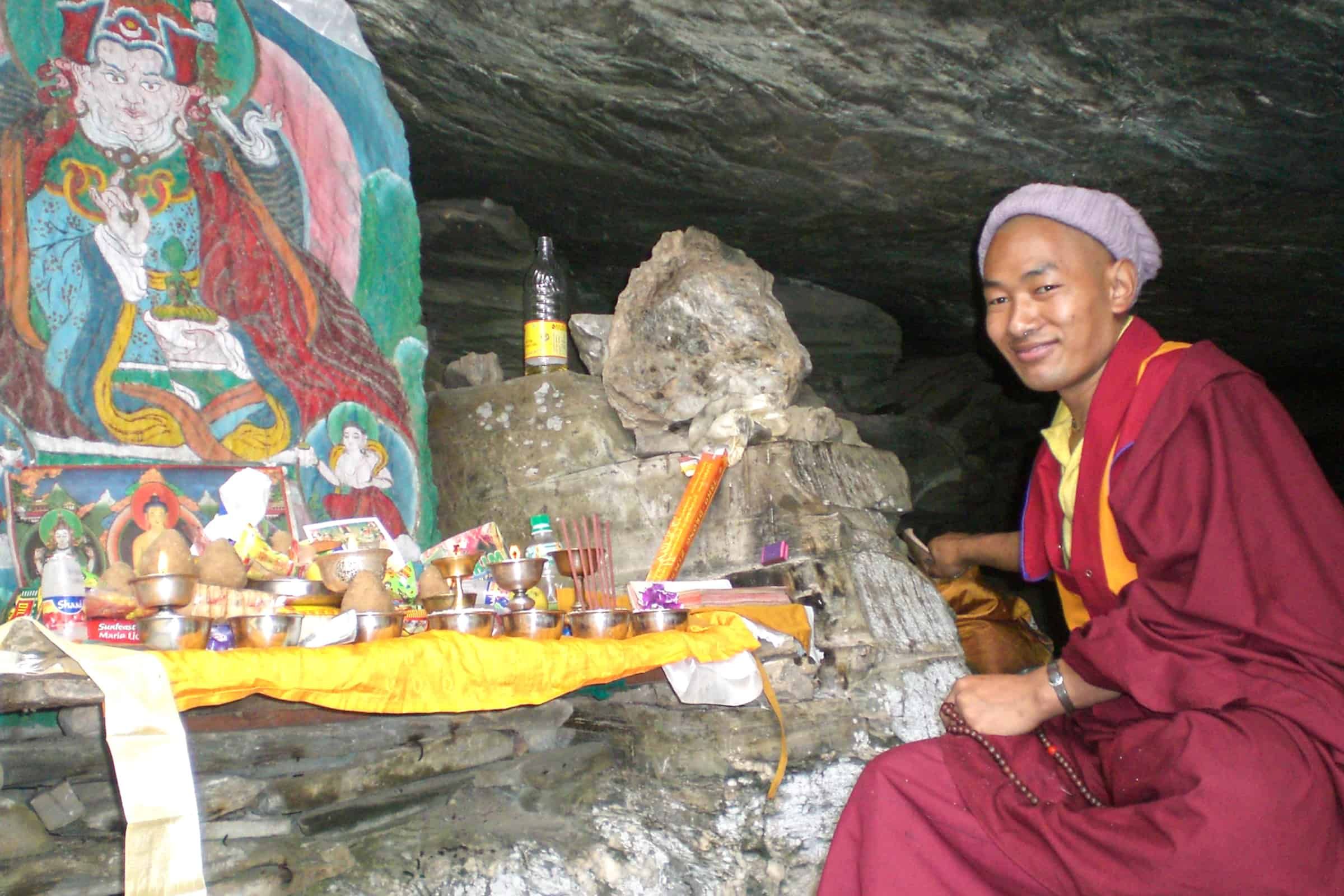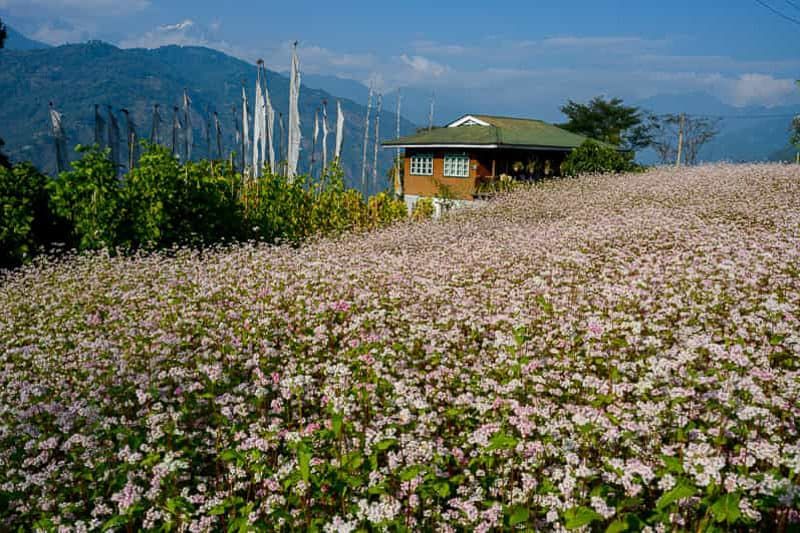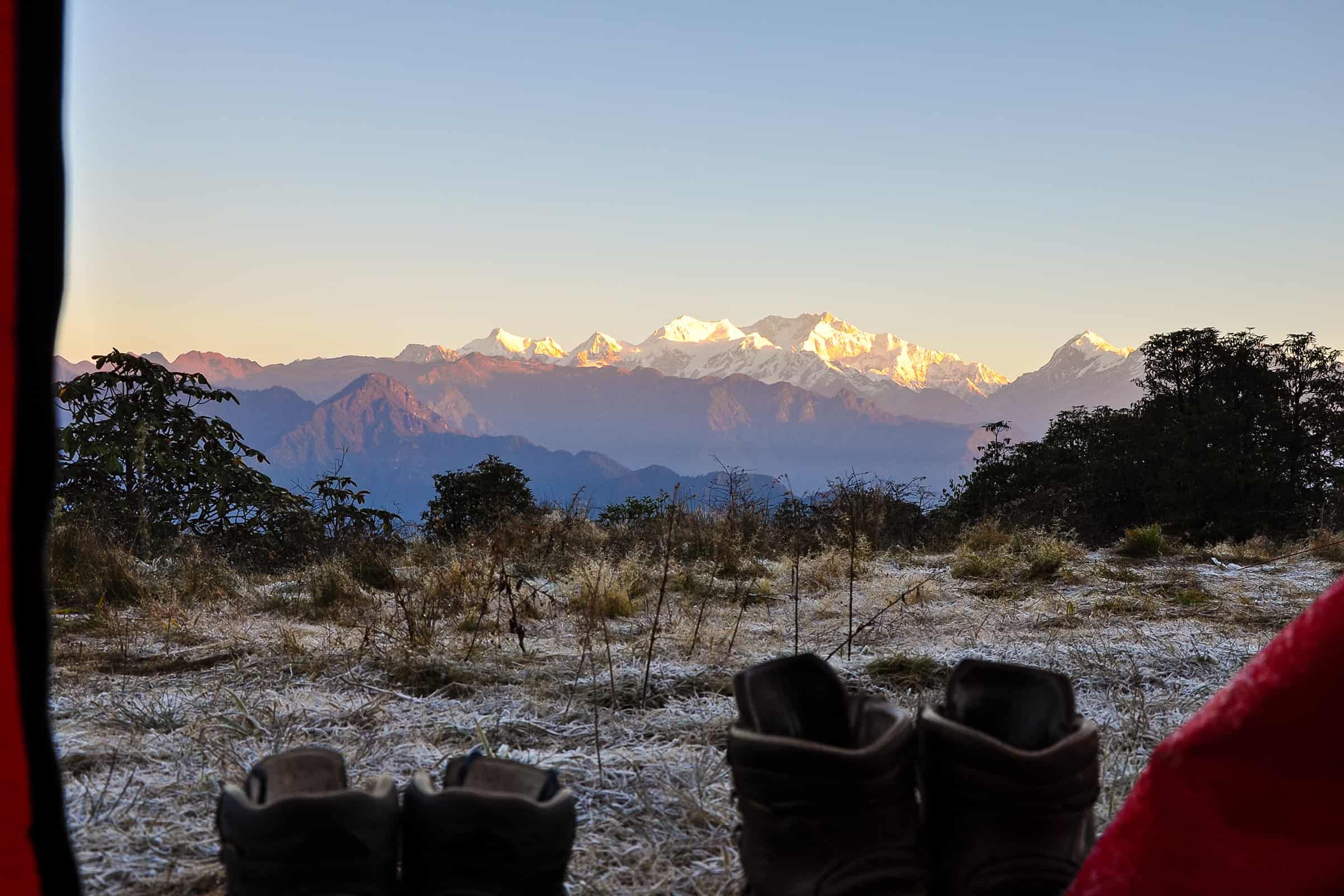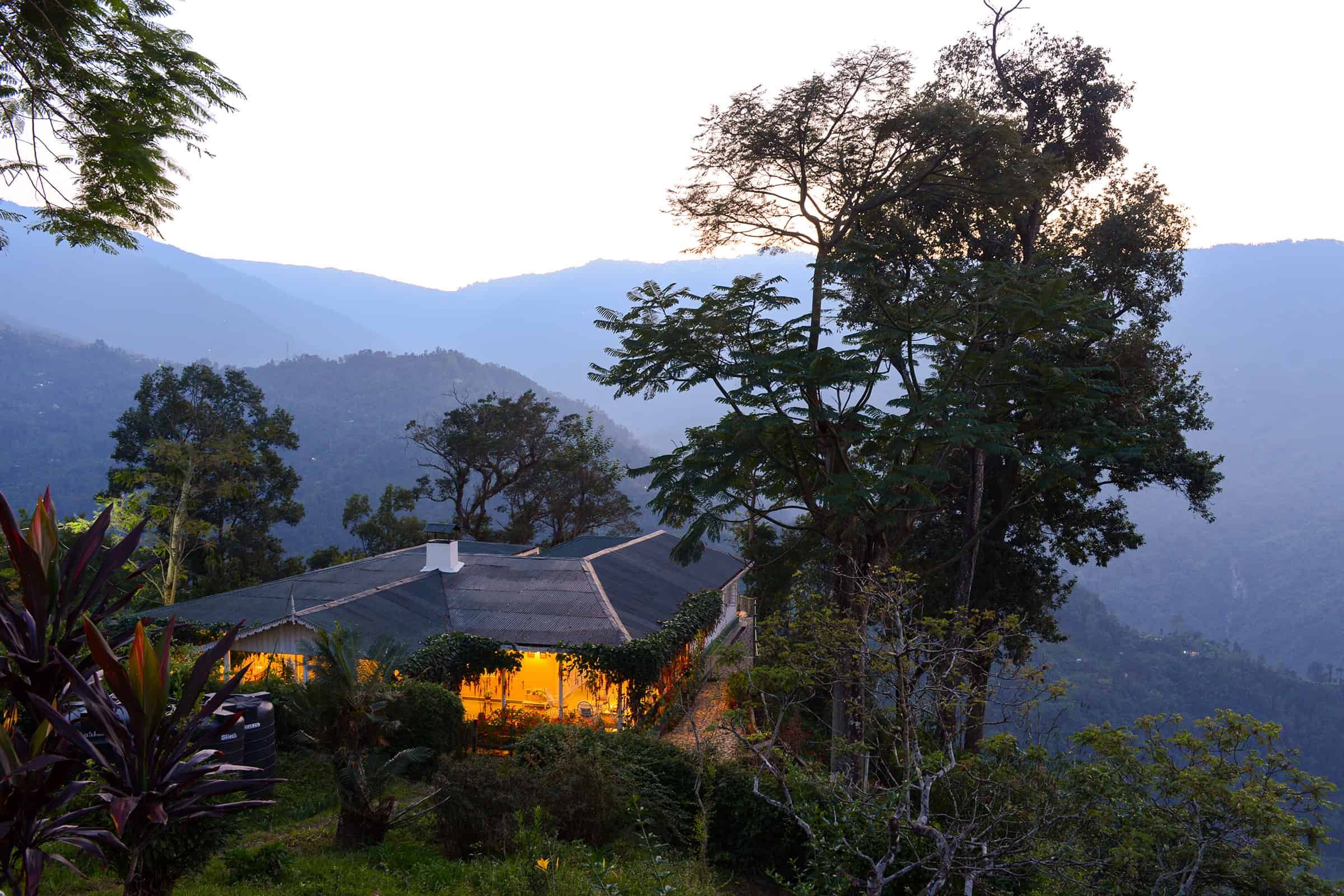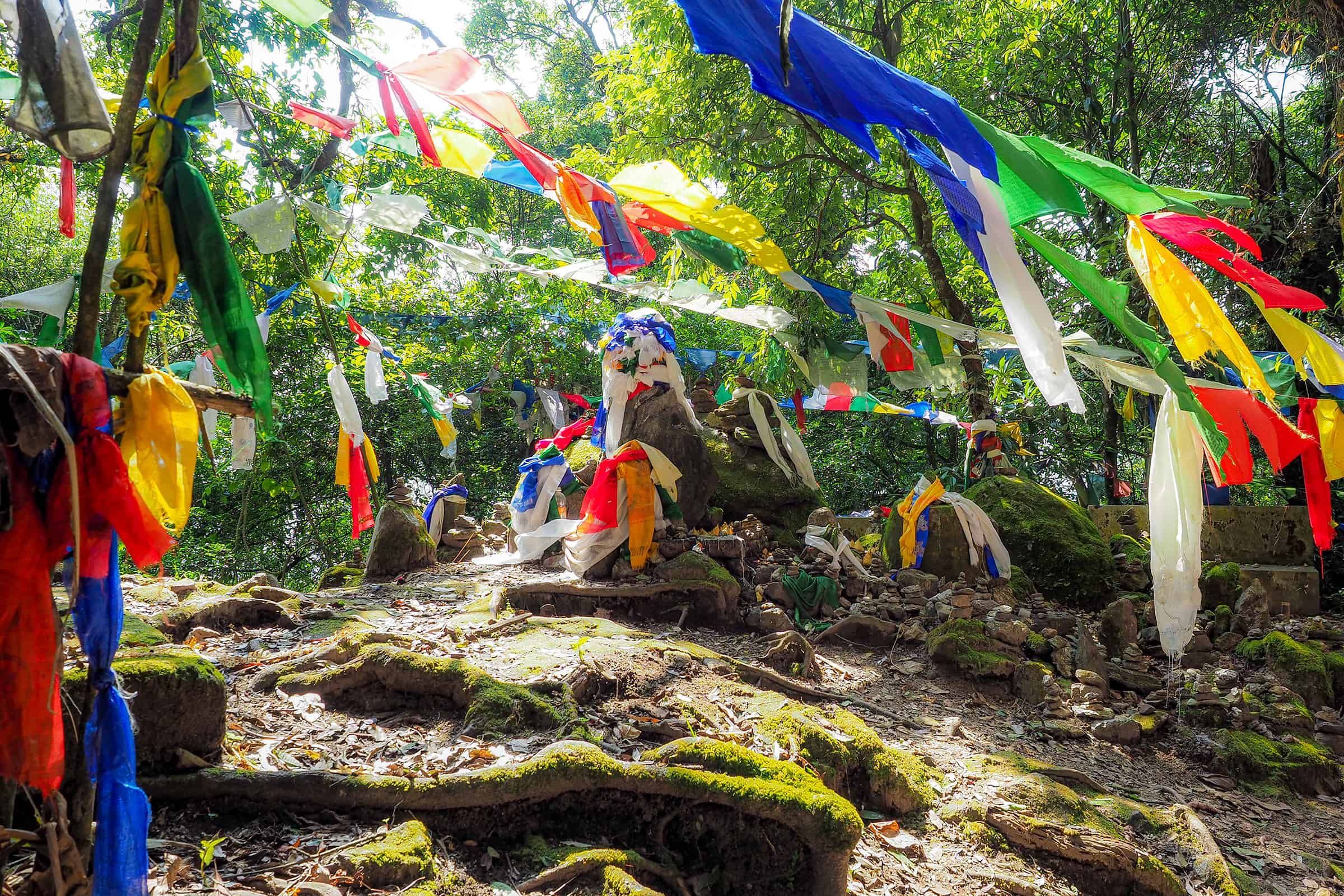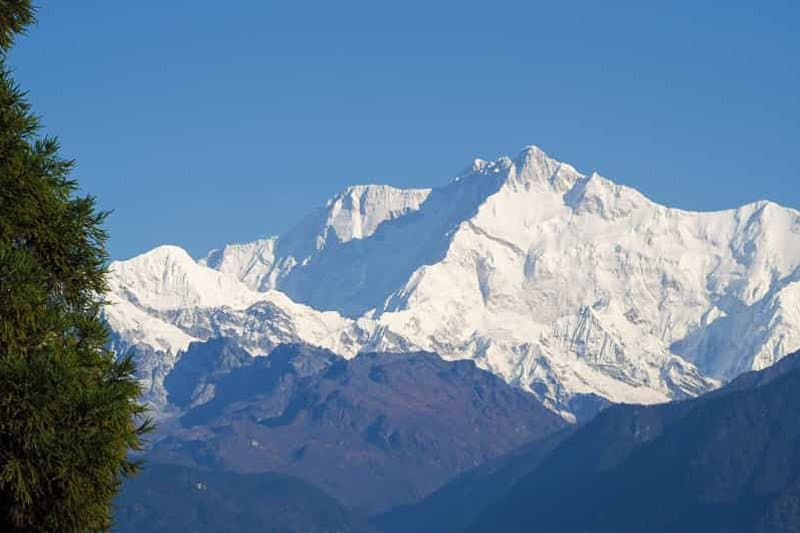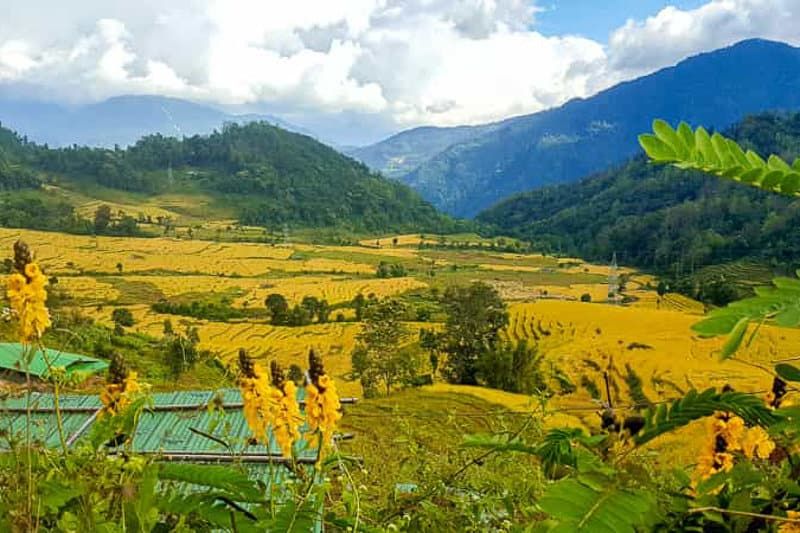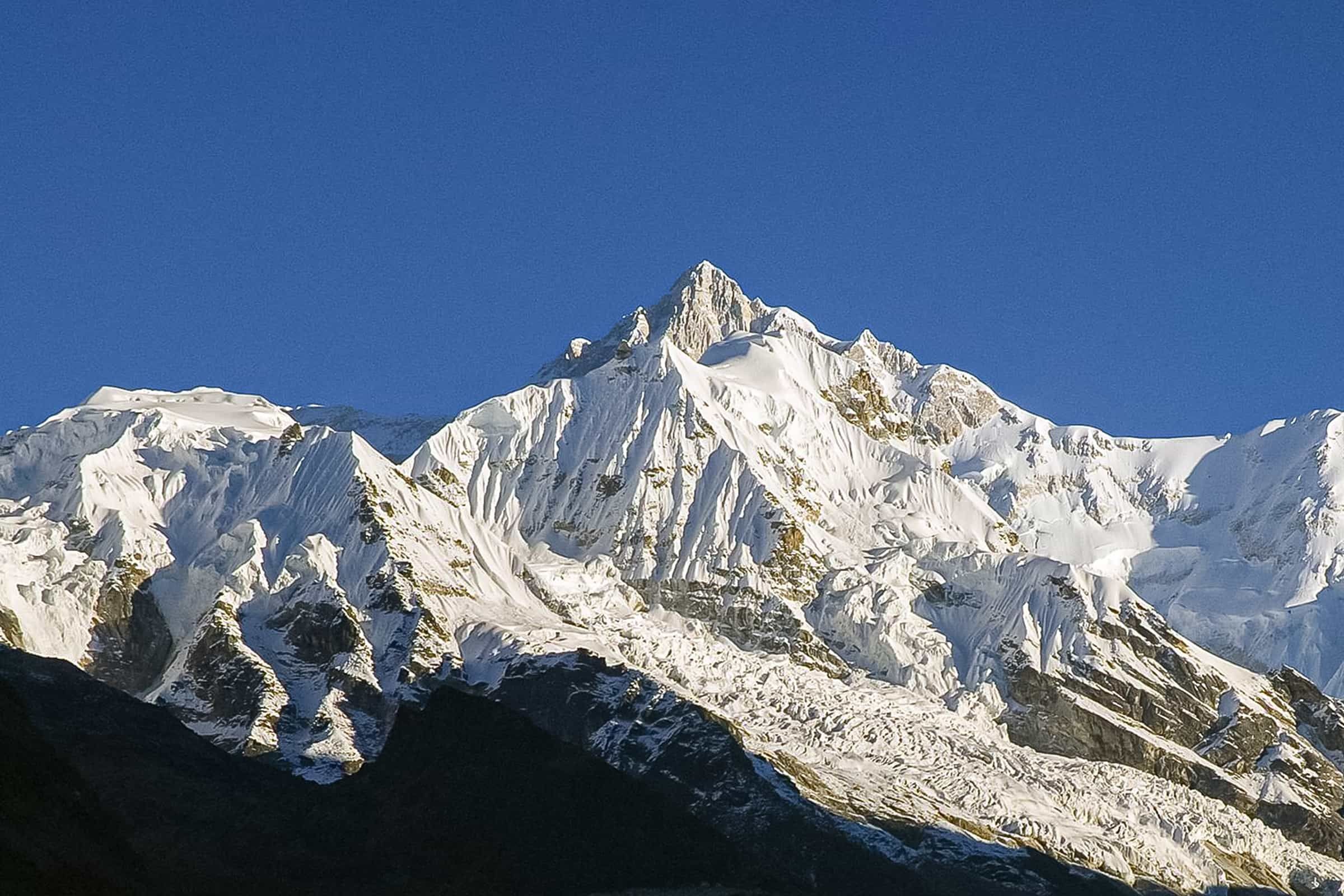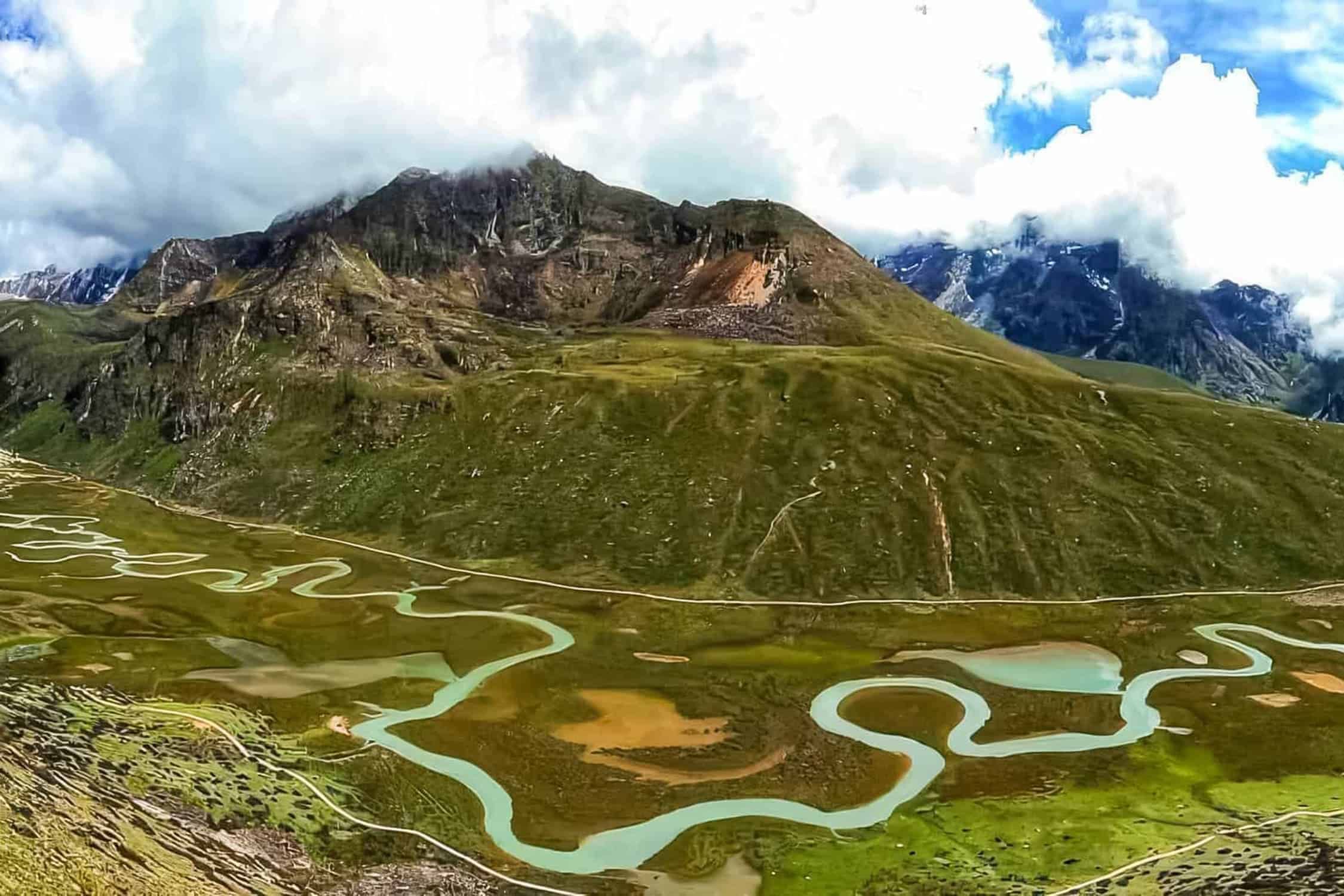Sikkim
General information
Sikkim was long regarded as one of the most inaccessible places in the world, the last Shangri-La. And rightly so: the former kingdom with its deep Buddhist roots inspires with its variety of mystical sights and natural treasures. Its fabulous diversity of flora and fauna is unique in the world due to the enormous differences in altitude in the smallest of spaces. Sikkim is also home to the third highest mountain in the world, Mt Khangchendzonga (8,585 m), which is worshipped by the people as a tutelary (spirit guardian) god.
Sikkim offers you a wealth of opportunities: Whether you are interested in foreign cultures, hill tribes, Buddhism, Tibetan monasteries, botany, ornithology, tea, trekking, mountaineering or cycling – Sikkim will captivate you forever.
We would be happy to advise you personally on planning your tour to Sikkim, other destinations in India and Bhutan and look forward to hearing from you.
Our tours in Sikkim
Best time to visit Sikkim
For the Indian Himalayan regions of Sikkim, Kalimpong, Darjeeling and Bhutan, the best time of year is from March to May and from October to December. During the day, the weather is mostly pleasantly cool to warm. However, rain showers can occur at any time. The temperature difference varies greatly depending on whether you are in a valley or on a pass. For example, it can be around 28°C in the valley and around 16°C on the pass. It can get uncomfortably cold in the evenings and at night, especially when trekking at 2,500 m and higher. From mid-October and until the end of March, snowfall must be expected when trekking above 3,000 m.
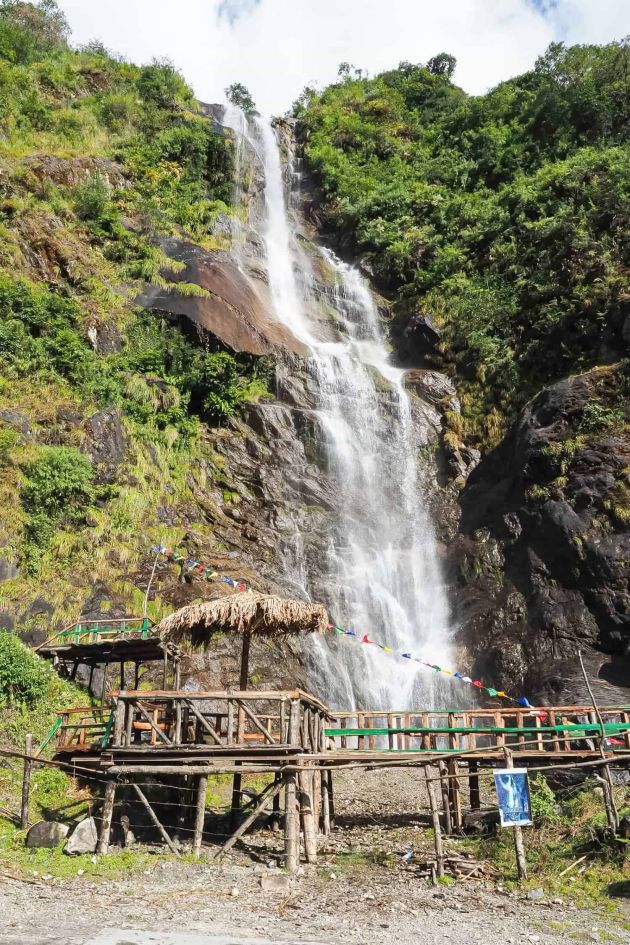
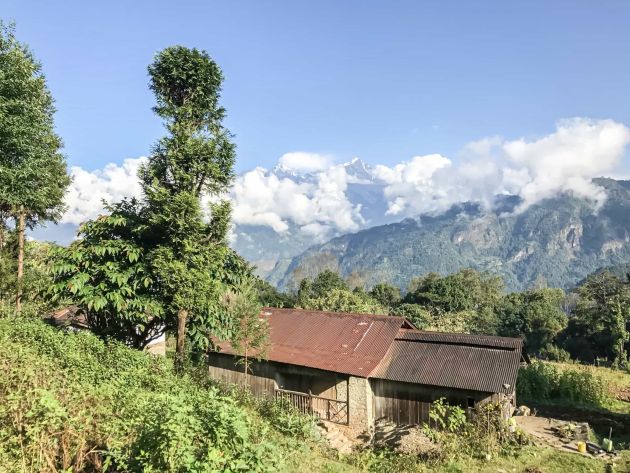
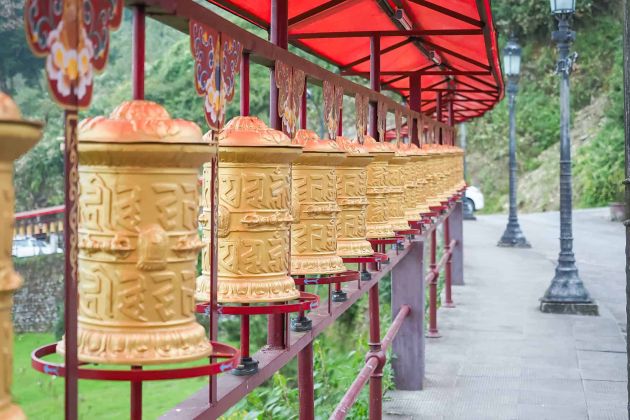
Spring: March to the beginning of June
Summer: mid-June to September
Fall: October to mid-December
Winter: December to February
Cooler temperatures and often clear skies are good conditions for hiking in lower-lying regions. The Sikkimese (Loosung) and Tibetan New Year (Losar) are also celebrated during this time. Archery competitions and religious events are held.
Depending on the weather conditions, the temperature drops by around 0.5°C to 1°C for every 100 m of ascent and rises by an average of 0.5°C to 1°C for every 100 m of descent.
You can therefore use the table below to determine the temperatures you can expect during your tour and adjust your equipment and clothing accordingly.
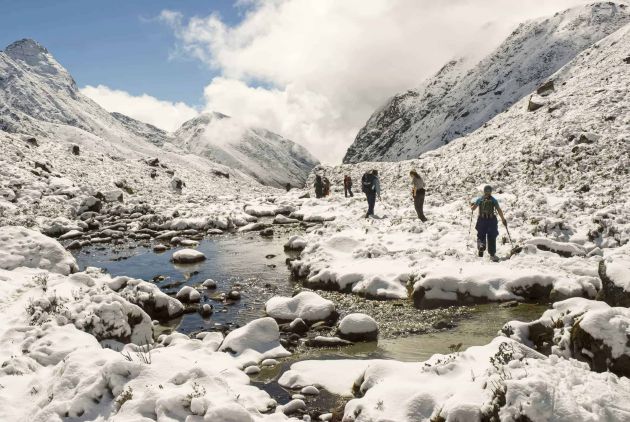
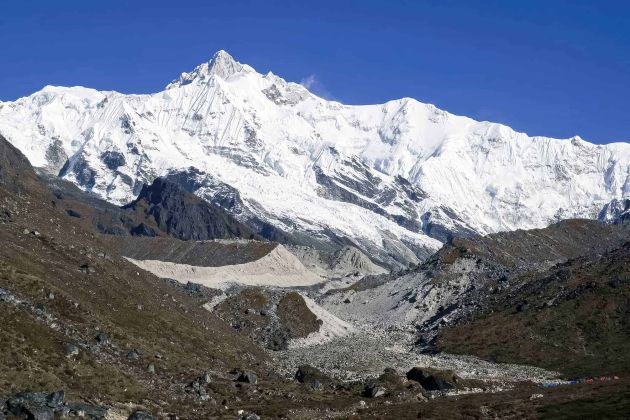
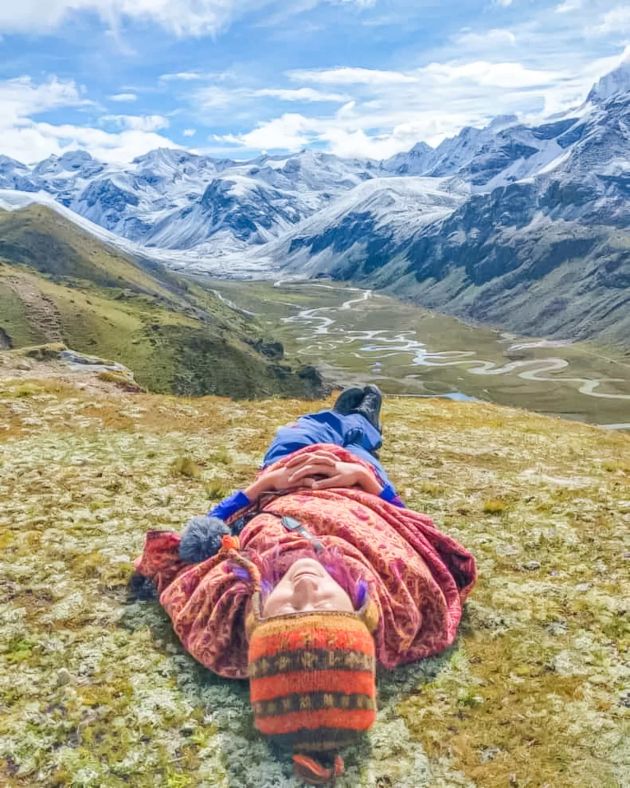
Temperature and rainfall table
| Month | Jan | Feb | March | April | May | June | July | August | Sept | Oct | Nov | Dec | Year |
| Average maximum temperatures °C at 1,800 m | 12 | 13 | 18 | 21 | 22 | 22 | 22 | 22 | 22 | 21 | 18 | 14 | 19 |
| Average minimum temperatures °C at 1,800 m | 4 | 5 | 9 | 11 | 13 | 16 | 16 | 16 | 15 | 12 | 9 | 5 | 11 |
Average amount of precipitation in mm | 31 | 79 | 116 | 289 | 552 | 603 | 650 | 574 | 488 | 181 | 40 | 22 | 3626 |
